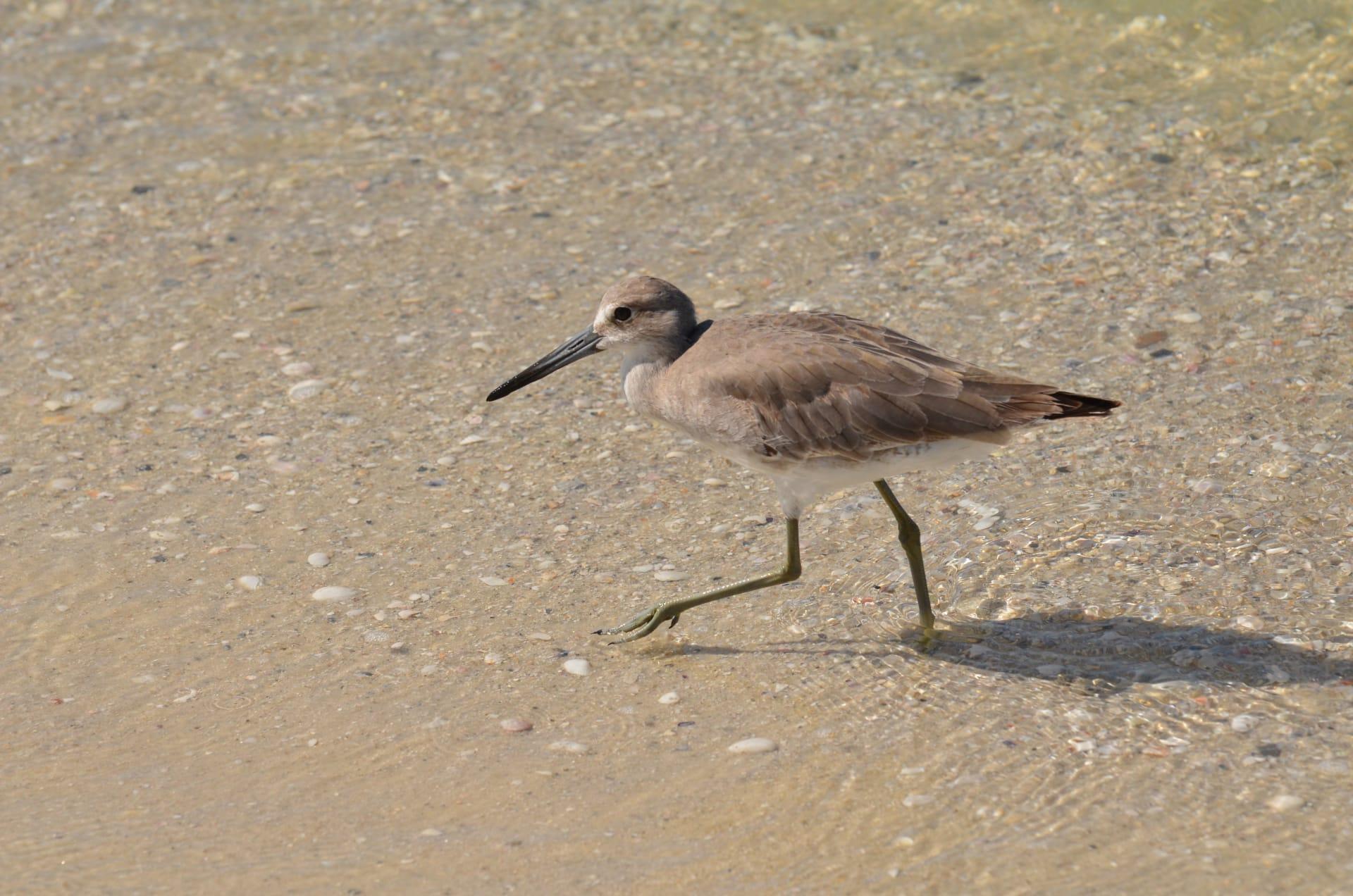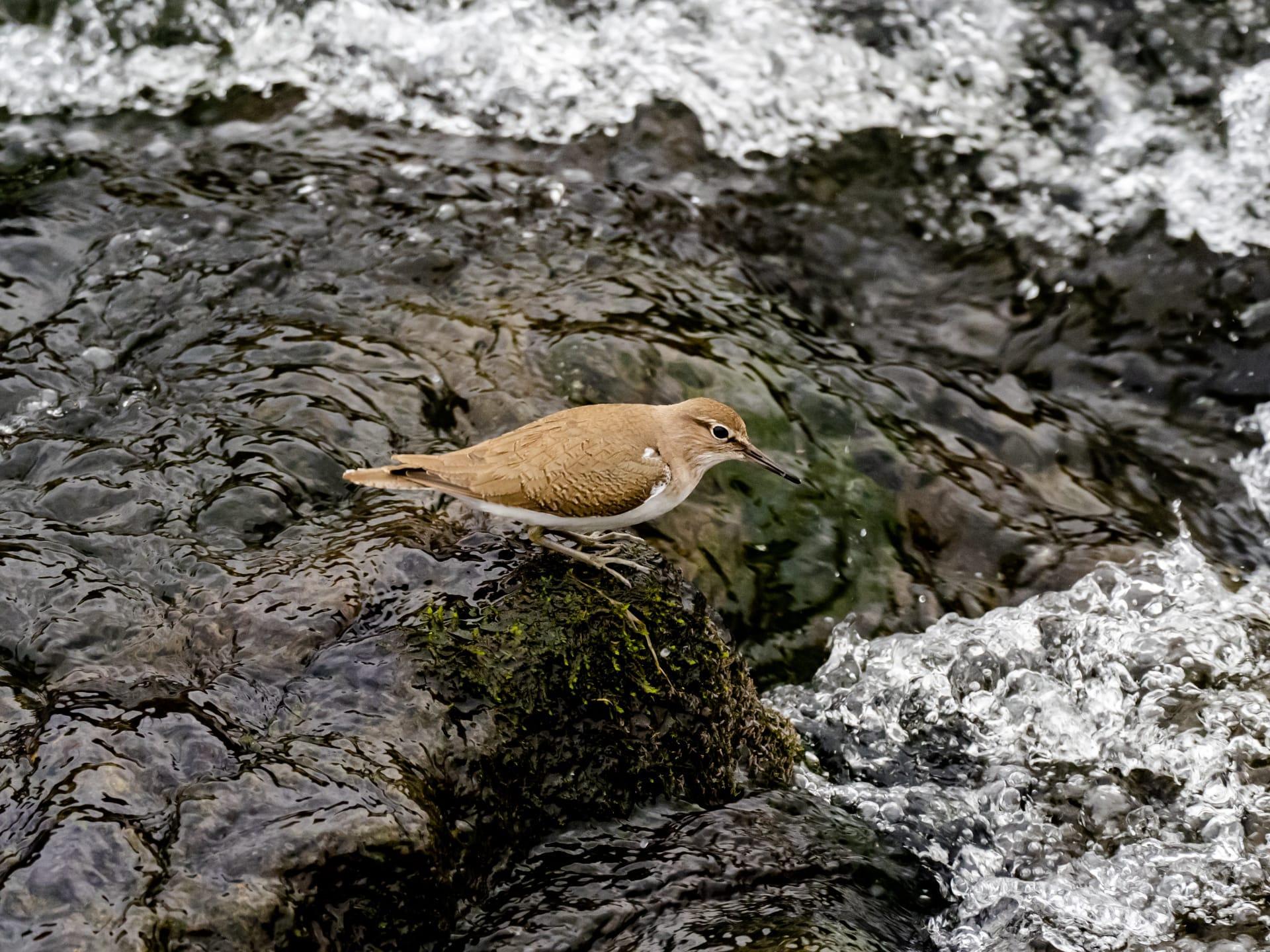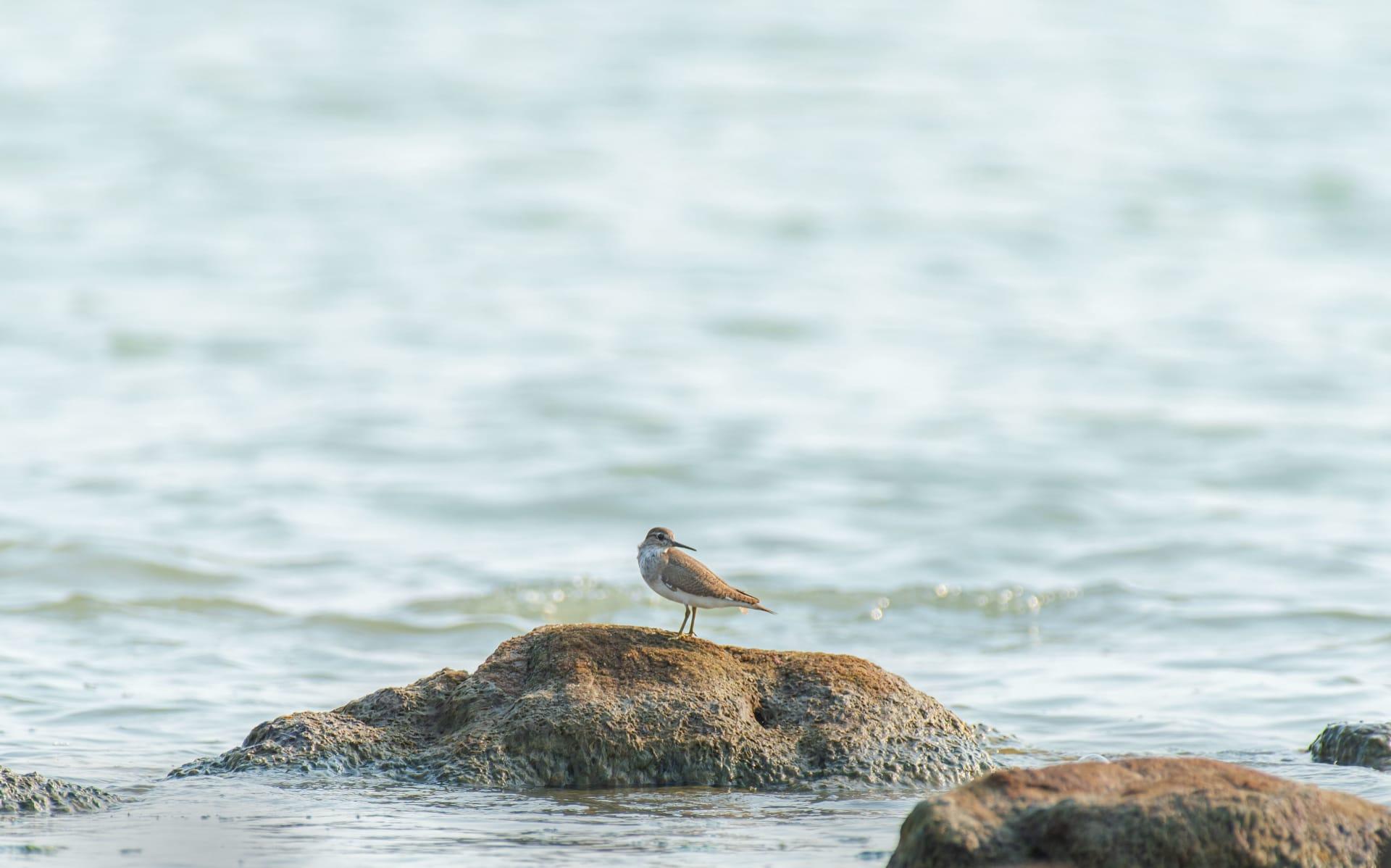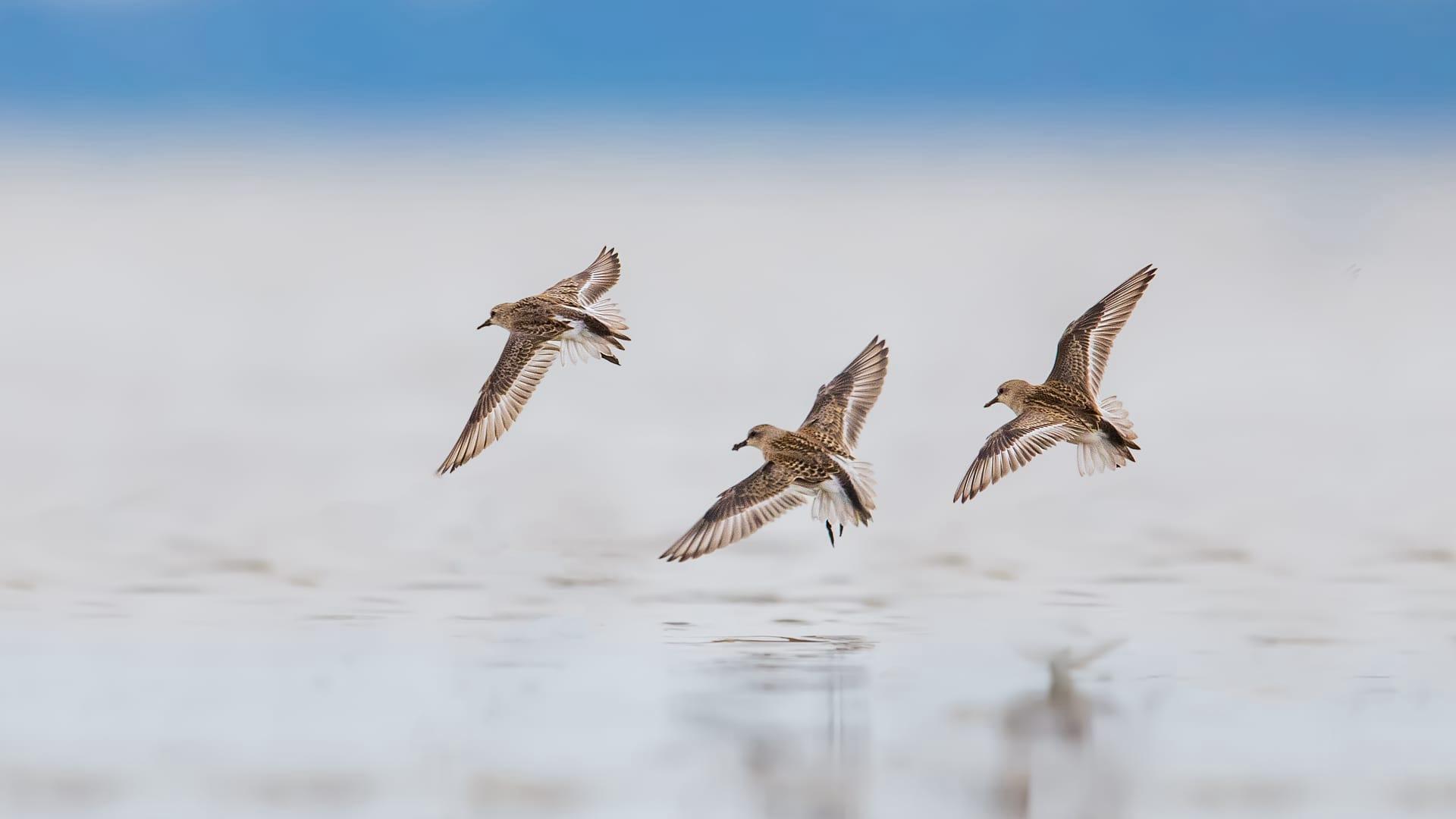Sandpiper
- Home /
- Mini Encyclopedia /
- Animal /
- Sandpiper
1
Sandpipers, a diverse group of wading birds, belong to the family Scolopacidae, which includes over 80 species. They are characterized by their slender bodies, long legs, and long, often sensitive bills. Sandpipers vary greatly in size, the smallest being the Least Sandpiper, measuring about 13-18 centimeters in length, while the largest, the Eurasian Curlew, can reach up to 60 centimeters. Their plumage also varies, but many species exhibit mottled brown and gray patterns, aiding in camouflage.
Sandpipers are found worldwide, with their habitats ranging from arctic and temperate regions to tropical areas. They are particularly prevalent in coastal environments, but some species also inhabit forests, grasslands, and wetlands. Migratory patterns are a key aspect of their distribution. For instance, the Semipalmated Sandpiper migrates from its breeding grounds in the Arctic tundra to winter in South America, a journey covering thousands of kilometers. Others, like the Common Sandpiper, are widespread across Eurasia and migrate to Africa or southern Asia during the winter.

2
Question: Do all sandpipers have the same diet?
Answer: Contrary to popular belief, not all sandpipers have the same diet. While many species are insectivorous, feeding on insects and other small invertebrates, some have specialized diets. The Spoon-billed Sandpiper, for instance, has a unique spoon-shaped bill, enabling it to sift through mud for small crustaceans. Others, like the Wood Sandpiper, forage in shallow waters for aquatic insects. The variation in diet is a reflection of their diverse habitats and the adaptive evolution of different species.

3
Sandpipers have developed a range of survival strategies to thrive in various environments. One common strategy is their cryptic coloration, which helps them blend into their surroundings and avoid predators. Their long, sensitive bills are crucial for detecting prey in mud or sand. Species like the Bar-tailed Godwit exhibit extraordinary endurance, undertaking non-stop flights over thousands of kilometers during migration. Breeding strategies also vary; while some sandpipers are monogamous, others like the Pectoral Sandpiper are polygamous, with males displaying elaborate courtship behaviors to attract females.
Another aspect of their survival strategy is their adaptability to different habitats. Some species, like the Dunlin, can be found in a wide range of environments, from coastal wetlands to arctic tundra. This adaptability allows them to exploit different food sources and breeding sites, enhancing their chances of survival in changing environmental conditions.

4
In the ecosystem, sandpipers play a significant role as both predators and prey. As predators, they help control insect and invertebrate populations, contributing to the balance of these species in their habitats. For instance, during their migration and breeding seasons, they consume large quantities of insects, which could otherwise become pests.
As prey, sandpipers are an important food source for a variety of predators, including birds of prey, mammals, and larger wading birds. This makes them integral to the food web, especially in coastal and wetland ecosystems. Additionally, their migratory behavior helps in nutrient transfer between different ecosystems, as they transport energy and nutrients from their feeding grounds to their breeding sites.

5
Film: "The Secret Life of Sandpipers" (United Kingdom, 2018) is a documentary that delves into the diverse world of sandpipers. It explores their migratory journeys, breeding behaviors, and survival strategies, offering insights into the challenges they face due to environmental changes.
Book: "Wings on the Wind: The World of Sandpipers" (United States, 2017) by David A. Sibley, is an in-depth exploration of sandpiper species around the globe. Sibley, renowned for his bird illustrations, combines art with scientific information, providing a comprehensive guide to these fascinating birds.
Book: "Sandpipers: The Birds of the Shore" (Canada, 2020) by Elizabeth Bishop, offers a detailed look at the lives of sandpipers in North America. Bishop focuses on their ecology, behavior, and the conservation issues they face, presenting a compelling narrative enriched with personal observations and scientific research.